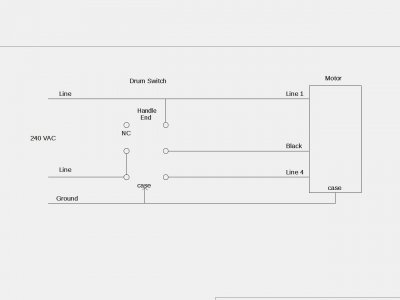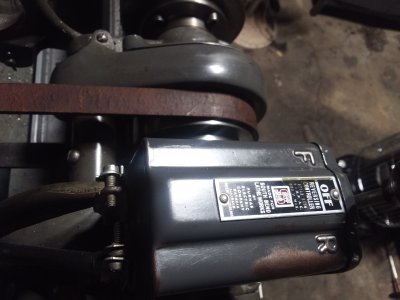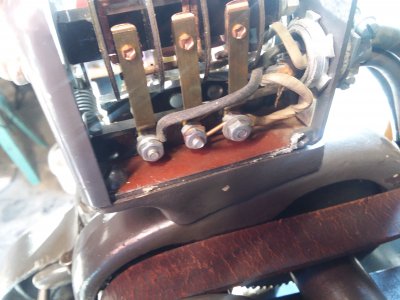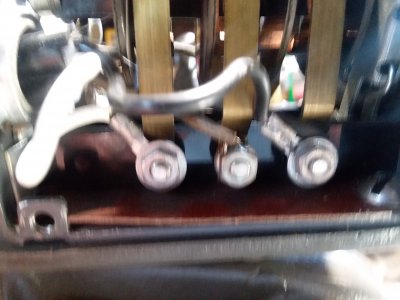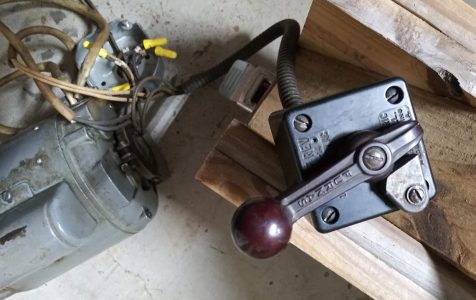- Joined
- Nov 4, 2020
- Messages
- 67
Hi folks, New guy here with a drum switch problem and it seems the problem is probably me. Well I tried twice to wire it up and no luck, just hummed when I moved to FWD or REV. I can wire a house or an entrance panel but this switch has got me stumped. I've watched a few hours the past few days and found out there are a ton of switches and motor wiring configurations. I'm ready to just put a on off switch and forget about reverse.
The motor that came with the lathe didn't have a tag on it so I have no idea about it. It was wired to a Furnas small square drum switch but the PO had a block on the front so it could only go forward as far as I know. So this Dayton is brand new and it's been sitting idle for over 30 years in my shop. I thought it would be a good time to use it.
So I added enough pics of the switch and motor to help you steer me in the right direction. If it's easier to wire it to 220 I'll go that route since it will be easier on the motor in the long run.
Thanks for your help, Mike
The motor that came with the lathe didn't have a tag on it so I have no idea about it. It was wired to a Furnas small square drum switch but the PO had a block on the front so it could only go forward as far as I know. So this Dayton is brand new and it's been sitting idle for over 30 years in my shop. I thought it would be a good time to use it.
So I added enough pics of the switch and motor to help you steer me in the right direction. If it's easier to wire it to 220 I'll go that route since it will be easier on the motor in the long run.
Thanks for your help, Mike
Attachments
-
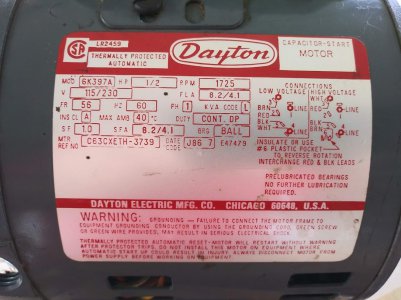 20201112_141442.jpg175.4 KB · Views: 29
20201112_141442.jpg175.4 KB · Views: 29 -
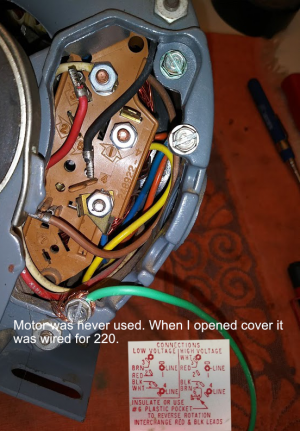 HM 1.png697 KB · Views: 20
HM 1.png697 KB · Views: 20 -
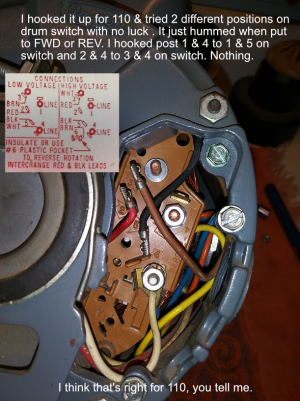 HM 2.png748.2 KB · Views: 19
HM 2.png748.2 KB · Views: 19 -
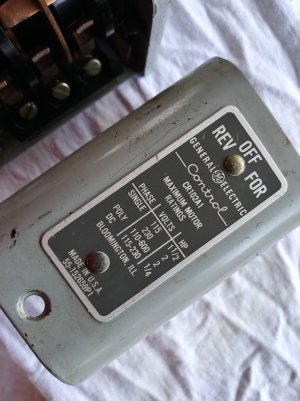 20201112_141950_HDR.jpg101.4 KB · Views: 17
20201112_141950_HDR.jpg101.4 KB · Views: 17 -
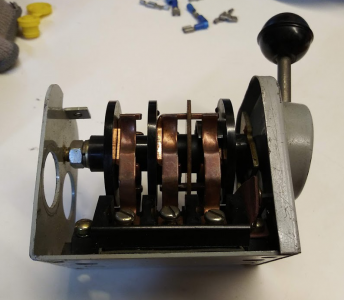 HM 5.png427.3 KB · Views: 16
HM 5.png427.3 KB · Views: 16 -
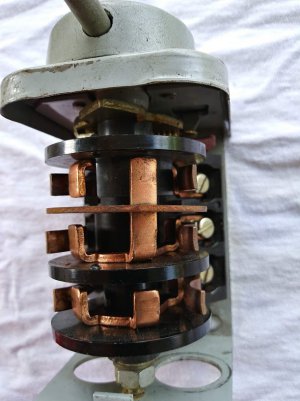 20201112_142838_HDR.jpg96.6 KB · Views: 15
20201112_142838_HDR.jpg96.6 KB · Views: 15 -
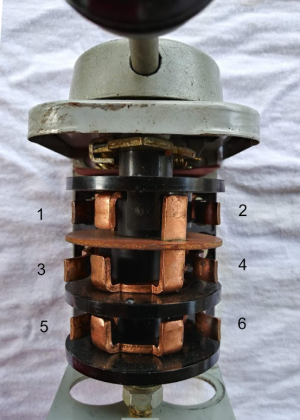 HM 3.png590.2 KB · Views: 15
HM 3.png590.2 KB · Views: 15 -
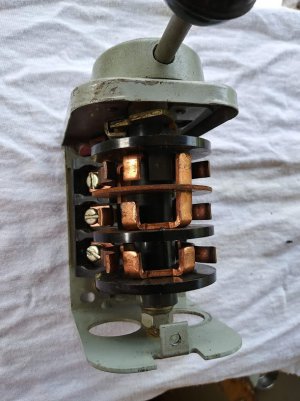 20201112_142846_HDR.jpg110 KB · Views: 17
20201112_142846_HDR.jpg110 KB · Views: 17 -
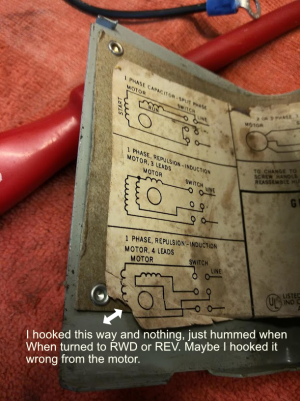 HM 4.png689.2 KB · Views: 16
HM 4.png689.2 KB · Views: 16 -
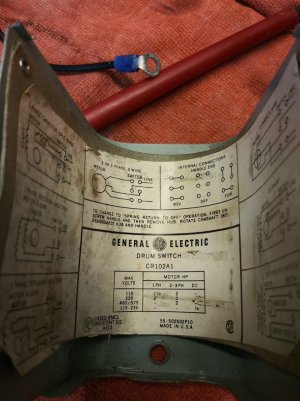 20201112_172056.jpg119.6 KB · Views: 18
20201112_172056.jpg119.6 KB · Views: 18 -
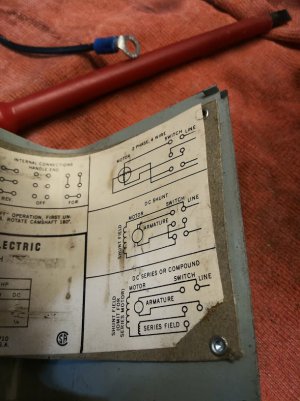 20201112_172107.jpg110.5 KB · Views: 18
20201112_172107.jpg110.5 KB · Views: 18


